MiG-31 Foxhounds Confirmed Destroyed In New Imagery Of Belbek Air Base
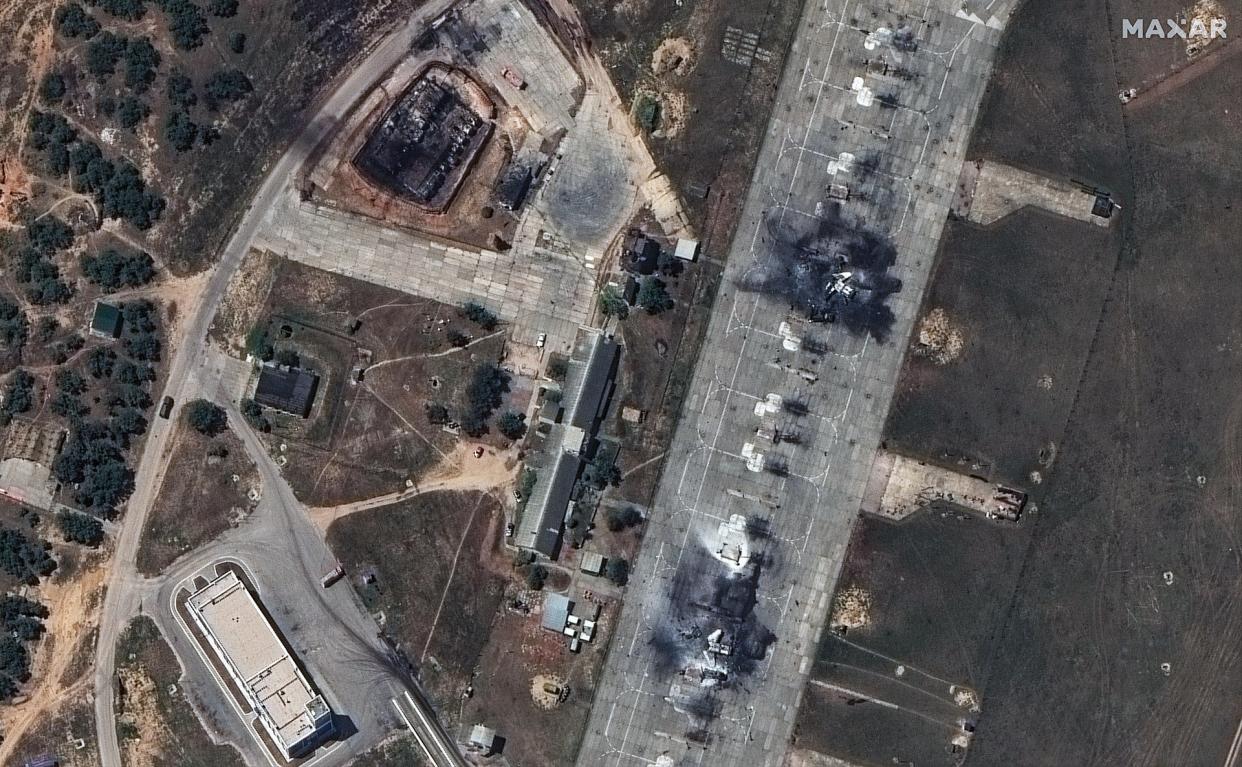
The War Zone has obtained additional high-resolution satellite images of Russia's Belbek Air Base on the occupied Crimean Peninsula that offer a better view of the destruction there from recent Ukrainian strikes. It also proves out our initial analysis based on other imagery, which readers can find here.
The new images, which come from Maxar Technologies and were taken earlier today, clearly show the burned-out hulks of two MiG-31 Foxhound interceptors on a damaged apron at Belbek. The charred remains of what now clearly looks to have been an adjacent fuel farm, as well as damage to a small nearby structure, are also visible. Additional scorching can be seen on the apron and adjacent access roads.
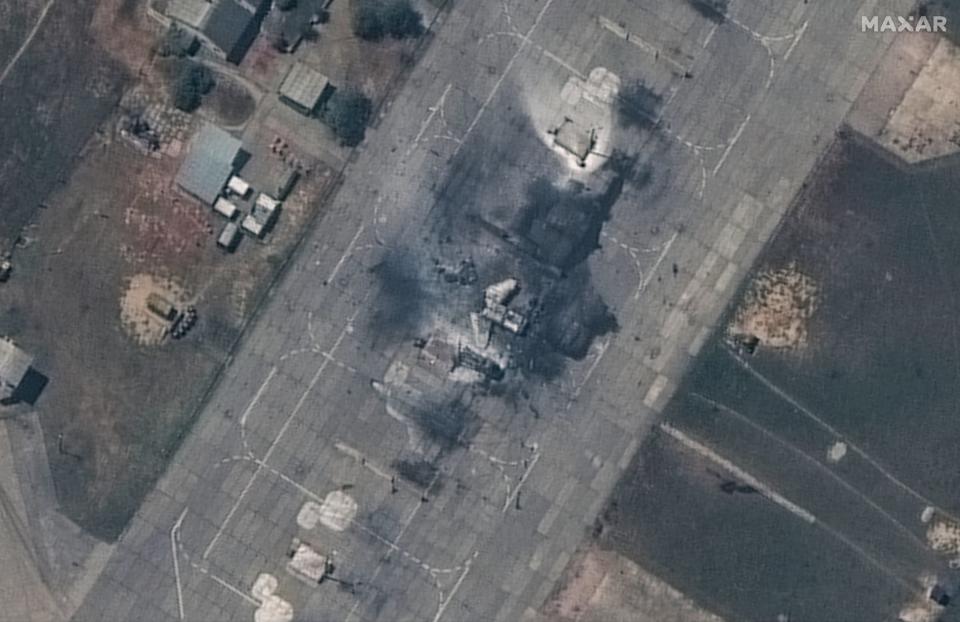
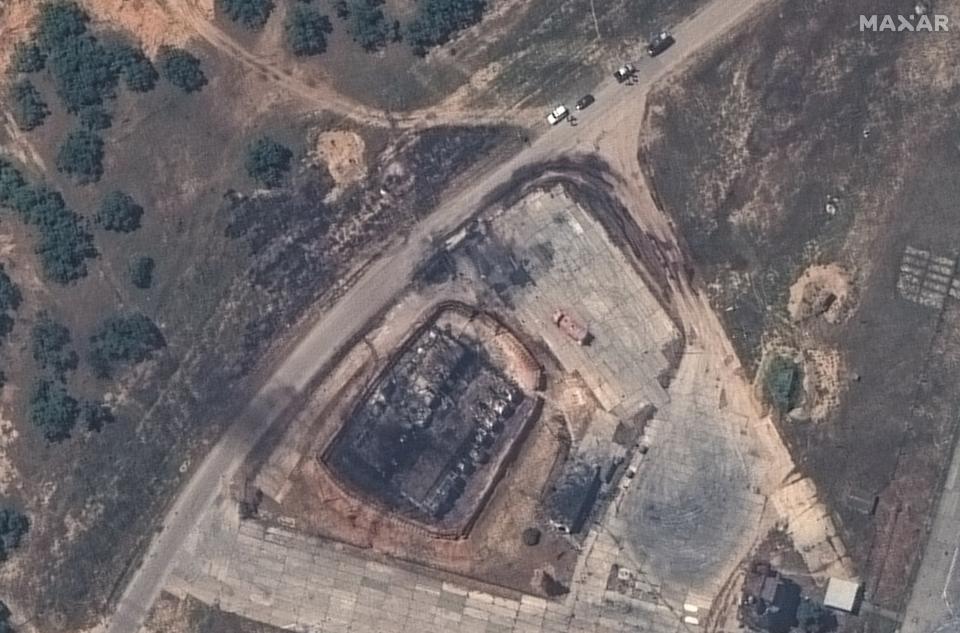
The new imagery from Maxar of the aircraft parking areas further to the west shows a destroyed MiG-29 Fulcrum-series fighter. This could very well be one of the many unflyable MiG-29s that were left at the base for years that Russia use as decoys, or it could be one of the few MiG-29s still in service with Russian forces, although this is less likely.

An Su-27 Flanker-series fighter, a number of which call the installation home, parked further west may be damaged to some degree, as well, although we cannot say that for certain based on the imagery. Something looks to have been totally destroyed in an adjacent revetment, but it is unclear what this was.
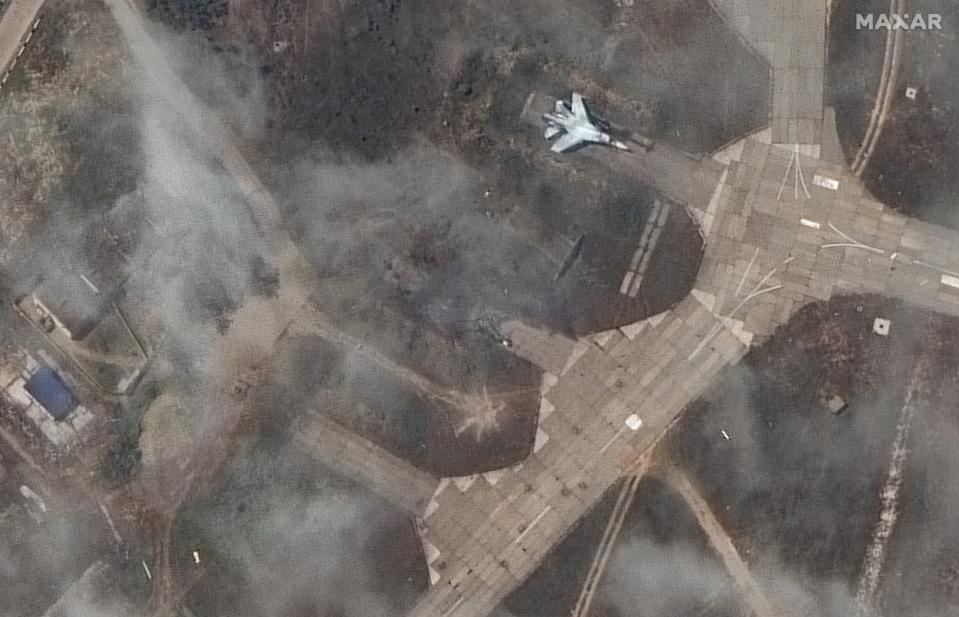
Altogether, the high-resolution images provide a clearer picture of the damage Ukraine inflicted earlier this week on Belbek, including the destruction of two MiG-31s Foxhounds. The MiGs, together with the very long-range air-to-air missiles they carry, have been a particular threat to the Ukrainian Air Force.
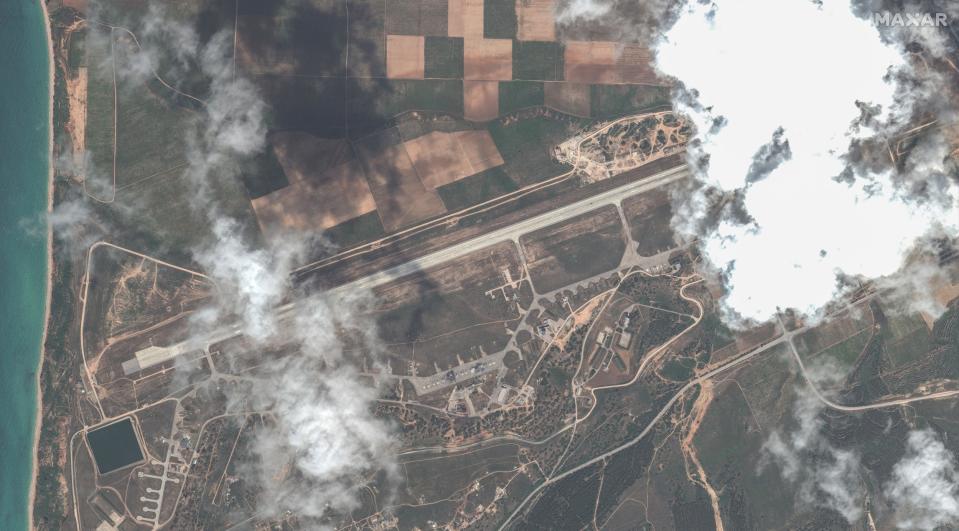
We already knew that the Russians had lost elements of an S-300 or S-400 air defense system in the Ukrainian strikes on Belbek, including what looked to be a 92N6 ‘Grave Stone’ radar. However, none of this looks to be readily visible in the imagery we now have from Maxar.
As The War Zone also previously noted, the strikes on Belbek this week look to have been the work, at least in part, of longer-range U.S.-supplied Army Tactical Missile System (ATACMS) ballistic missiles that were only delivered in secret to Ukrainian forces earlier this year. The Russian airbase on Crimea, which is particularly well positioned to help to provide air defense for the naval base just to the south in Sevastopol, had been out of reach of older, shorter-range ATACMSs that Ukraine had gotten previously.
With the apparent success of the strikes on Belbek this week, it would not be surprising for Ukrainian forces to continue targeting the base, including with ATACMS.
Contact the author: joe@twz.com

